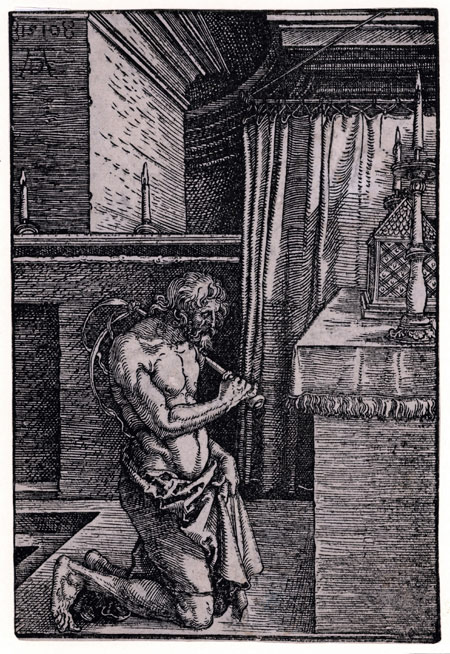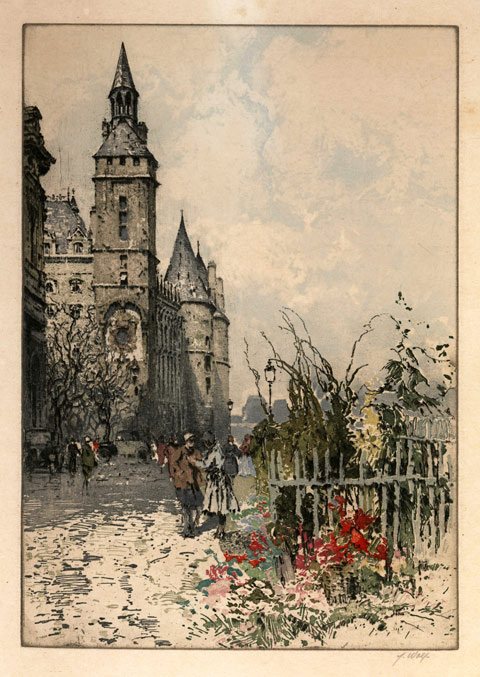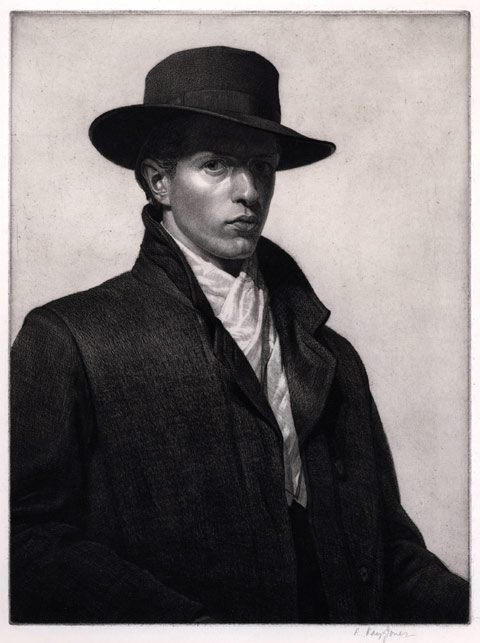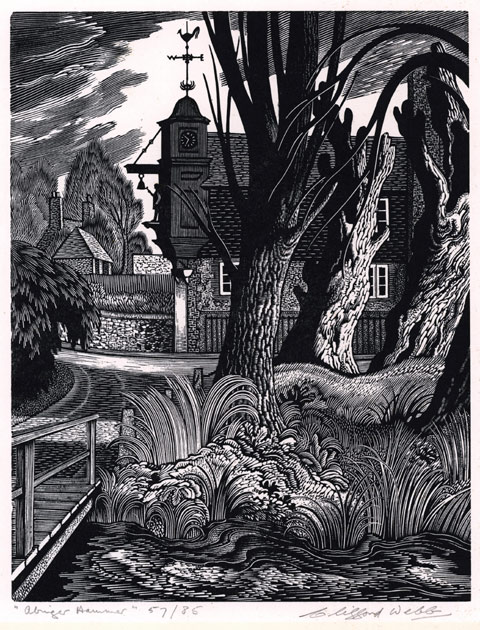The
Home Page Selection
If
you require further information on any
print featured here, please contact
us.
When
a print has been sold it will be marked
as Sold.
A
growing archive of selections
from previous Home pages is featured in
the
Home
Page Selection Archive |
|
See
also :
Click
on a thumbnail (left)
to link directly with the entry for that
print, or scroll down to view all the selected
prints from the current Home
Page.
Images
are not to relative scale (see stated dimensions) and also at only modest resolution.
If you wish to view extracts of an image at higher resolution, please Contact us.
|
|
|
|

| |
ALBRECHT DÜRER
Nuremberg 1471 – 1528 Nuremberg
The Penitent
Bartsch 119, Hollstein 108, Kurth 211
196 x 132 mm
Woodcut 1510.
The block monogrammed and dated.
The very faintest trace recto of the two collectors’ stamps verso.
Ex collection Fürst zu Fürstenberg (Lugt 995) and another partial unidentified collector’s mark.
Sold
The practise of self-flagellation was a widespread form of private devotion and Imitatio Christi in the early 16th century.
Among Dürer’s poetry are lines which could be referenced to this woodcut.
Albrecht Dürer tut euch sagen,
Ihr sollt euer Sünd beklagen, …
Dass dem Teufel sein Maul werd gestummt …
Albrecht Dürer tells you
You should lament your sin, …
That the devil’s mouth would be silenced …
Return to top ^ |
|
|
|

|
|
FRANZ XAVER WOLF
Vienna 1896 – 1990
Wolf trained at the Academies of Vienna and Munich.
He was both a painter and a colour etcher, though his work in the two media was quite different.
As an etcher he produced large scenic views of Continental urban subjects, quite a number being of Paris.
The printing of his colour plates was a complex process. Many different coloured inks were applied à la poupée to a multiple series of plates which were overprinted.
The prints are decorative and the usual edition size of 300 suggests they were very popular.
Le Palais de Justice, Paris - The Conciergerie
347 x 245 mm
Original colour aquatint, c1929.
Signed in pencil.
Printed in thirty-five colours from three plates.
Together with the three zinc plates; and four various impressions in different states – one folded in the margins
around the platemark and used as an identifying cover for the three plates, annotated in pencil Wolf; Paris, Palais Justice,
with two numbers in red crayon and the purple stamp of the Viennese intaglio printer Franz Schönikle.
Another printed in grey-black only from the key plate (plate 1), inscribed in purple pencil with Wolf’s name and Palais de Justice,
trimmed to the plate; annotated on the reverse with a list of numbers of impressions printed between 1930 and 1955 (a total of 279).
The third and fourth respectively printed from plates 2 and 3, annotated, again in purple pencil, with colour guides, sheets trimmed to narrow margins.
Sold
A remarkable ‘demonstration’ of the process involved.
Return to top ^ |
|
|
|
 |
|
RAYMOND RAY-JONES
R.E.
Ashton-under-lyne 1886 – 1942 Carbis Bay
Ray-Jones was a student at the Royal College of Art 1907-1910.
His chalk drawn self-portrait is believed to have contributed to his successful award of a British Institute Etching Scholarship,
which enabled him to travel and continue his studies in Paris at the Academy Julian in 1911.
It is uncertain whether he etched the drawing at the same time, or later. The edition is later, as impressions are signed R Ray-Jones and he only used this name after 1913 (he was born simply Raymond Jones). The plate was first exhibited at the R.E. in 1916.
When included in the Leicester Gallery’s Seventh Exhibition of Modern Masters of Etching in 1922 all available impressions sold out at the opening.
Frank Short dropped the plate when only three impressions had been printed (c1915?). To remove the damage the plate was cut down for printing the edition of 40.
Portrait of the Artist
328 x 245 mm
Etching, c1910-1916.
Signed in pencil.
Second state, as published.
Edition of 40. On cream laid paper.
Sold
One of the great etched self-portraits of the early 20th century.
Return
to top ^ |
|
|
|
 |
|
CLIFFORD WEBB
S.W.E., R.E.
London 1895 – 1972 Abinger Hammer ?
Above all a wood engraver, on leaving school Webb had been apprenticed to a lithographic firm before serving in the First World War,
when he was severely wounded.
From 1919 to 1922 he studied art at the Westminster School, where he began to engrave on wood.
After teaching animal drawing at Birmingham School of Art, 1923-1926, he returned to London as a freelance artist,
though he taught again later, drawing & engraving at Westminster, 1934-39 and at St Martins 1945-65.
About 1934 he and his wife moved to the Surrey village of Abinger Hammer; where together they produced children’s books.
Webb also illustrated books for the Golden Cockerel Press, as well as continuing to produce independent wood engravings.
Abinger Hammer
253 x 196 mm
Original wood-engraving, c1935.
Signed in pencil, entitled and numbered 57/85.
On smooth cream wove.
£500
Return
to top ^
|
|
|
|
|
|
|
|